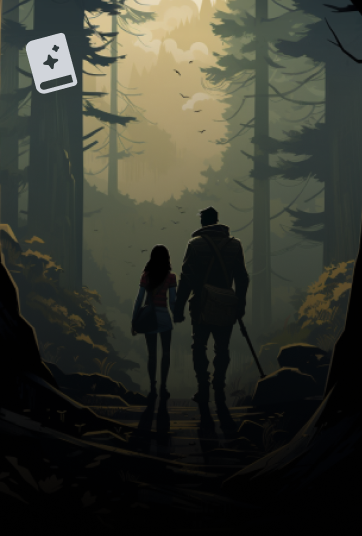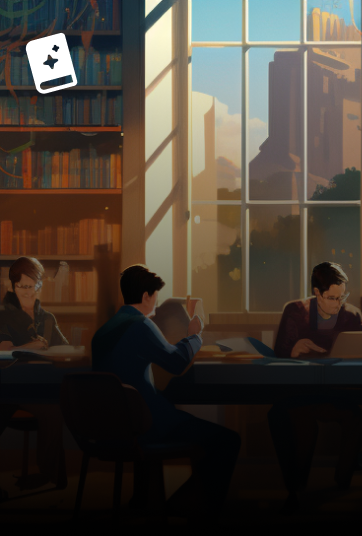
Virginia Woolf
Virginia Woolf has written at least 238 books. Their most popular book is Mrs Dalloway with 396 saves with an average rating of 3.69⭐.
They are best known for writing in the genres Classics, Fiction, and Literature.
reflective, challenging, and emotional are their most common moods.
Author Bio
Virginia Woolf was an English novelist, essayist, diarist, epistler, publisher, feminist, and writer of short stories, regarded as one of the foremost modernist literary figures of the twentieth century. ([Source][1].)
[Comment from Ursula Le Guin on The Guardian][2]:
> You can't write science fiction well if you haven't read it, though not all who try to write it know this. But nor can you write it well if you haven't read anything else. Genre is a rich dialect, in which you can say certain things in a particularly satisfying way, but if it gives up connection with the general literary language it becomes a jargon, meaningful only to an ingroup. Useful models may be found quite outside the genre. I learned a lot from reading the ever-subversive Virginia Woolf.
> I was 17 when I read [Orlando][3]. It was half-revelation, half-confusion to me at that age, but one thing was clear: that she imagined a society vastly different from our own, an exotic world, and brought it dramatically alive. I'm thinking of the Elizabethan scenes, the winter when the Thames froze over. Reading, I was there, saw the bonfires blazing in the ice, felt the marvellous strangeness of that moment 500 years ago – the authentic thrill of being taken absolutely elsewhere.
> How did she do it? By precise, specific descriptive details, not heaped up and not explained: a vivid, telling imagery, highly selected, encouraging the reader's imagination to fill out the picture and see it luminous, complete.
> In [Flush][4], Woolf gets inside a dog's mind, that is, a non-human brain, an alien mentality – very science-fictional if you look at it that way. Again what I learned was the power of accurate, vivid, highly selected detail. I imagine Woolf looking down at the dog asleep beside the ratty armchair she wrote in and thinking what are your dreams? and listening . . . sniffing the wind . . . after the rabbit, out on the hills, in the dog's timeless world.
> Useful stuff, for those who like to see through eyes other than our own.
[1]:http://en.wikipedia.org/wiki/Virginia_Woolf
[2]: http://www.guardian.co.uk/books/2011/may/14/science-fiction-authors-choice
[3]: http://openlibrary.org/works/OL39360W/Orlando
[4]: http://openlibrary.org/works/OL39320W/Flush











